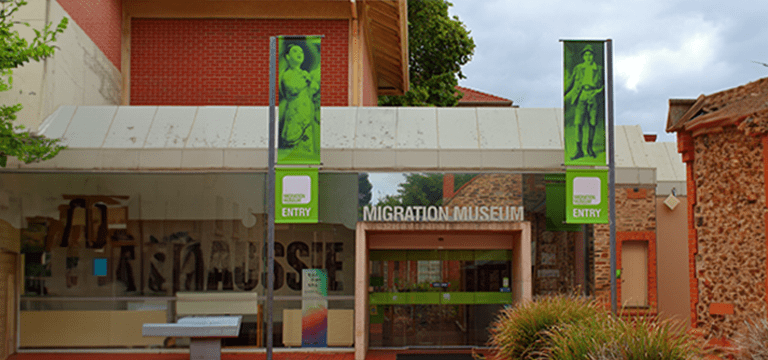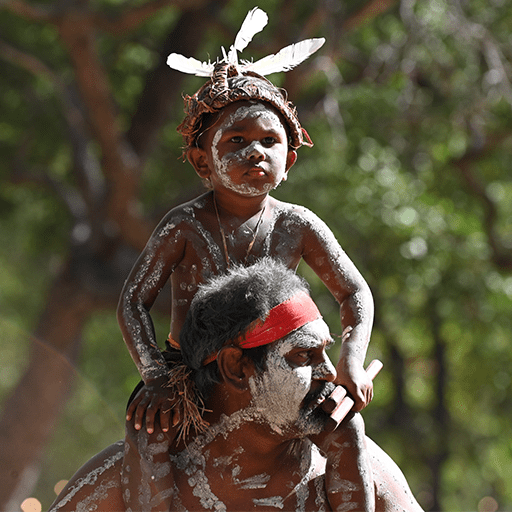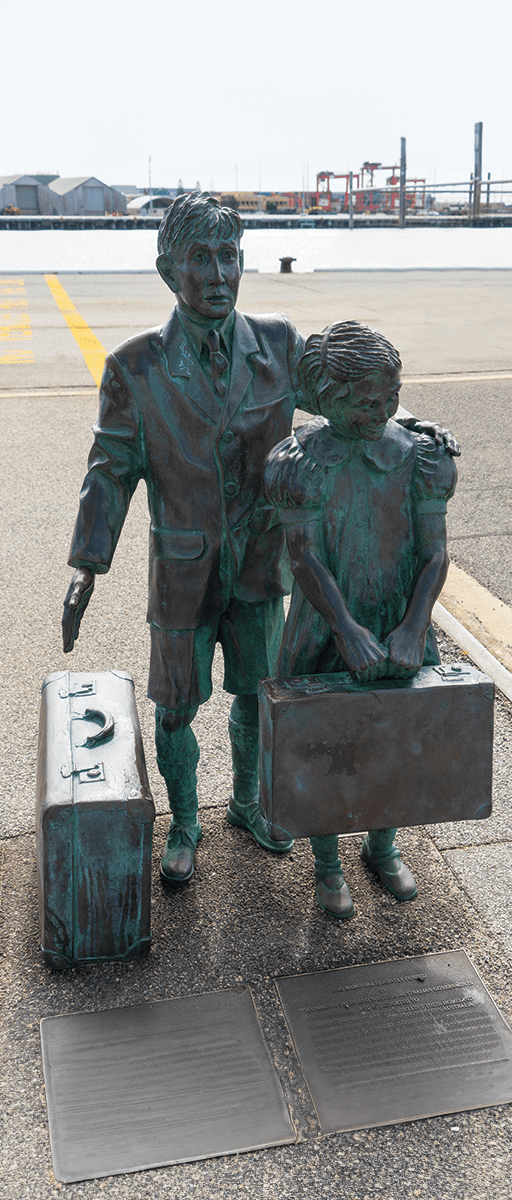

Migrate to Australia






History of Immigration
1788 was arguably the year mass immigration to Australia began. Before 1788, indigenous settlements and civilisations spread across Australian soil for thousands of years – an estimated 40,000 to 60,000 years. When the first Europeans came, they realised over 300,000 indigenous Aboriginal people were already living in the country.
The First Fleet arrived in Botany Bay in 1788, carrying over 1300 convicts and military personnel. Since then, millions of immigrants have come from around the globe to start a new life in Australia. People have arrived in waves, driven by various catalysts, including the 1850s gold rushes, to escape the Industrial Revolution’s social upheavals in 19th century Britain, the World Wars, and the aftermath of the Vietnam War in the 1970s. These early migrants have contributed to the formation of Australia as a country.
Between 1788 and 1868, over 160,000 officials transported convicts from Britain’s overcrowded jails to Australian colonies, which paved the way for the first immigration from Europe to Australia.
1815 to 1840 saw approximately 58,000 free settlers arrive in Australia under several migration schemes, many assisted by government funding. In 1847, labourers from the Pacific Islands were brought to New South Wales to work on private farms.
The discovery of gold in Australia in the 1850s triggered a tremendous inflow of people seeking fortune. Thousands of Chinese also arrived in Australia during this period. The Chinese were the third largest migrant group in Australia after the British and Germans by 1901. When the gold was exhausted, many started different businesses or enterprises like restaurants or laundries. From 1851 to 1860, over 600,000 immigrants came to Australia.
In the 1880s, immigration boomed owing to a stable, thriving economy. However, in the 1890s, severe drought and a weak economy resulted in poverty and unemployment, which then brought immigration to a standstill temporarily.
Various colonies came together to form the Federation in 1901. After this, Australia’s newly created Federal Parliament passed the Immigration Restriction Act, which imposed certain restrictions on immigration and sought to prevent Chinese and South Sea Islanders from entering Australia. It was made mandatory for migrants to pass a dictation test in a European language to enter Australia from 1901 to 1958. These laws – the White Australia policy – would shape Australian attitudes towards immigration for the next 50 years.
During World War I and II, immigration to Australia had almost ceased. Post World War II, immigration in Australia boomed again. The country adopted the slogan ‘Populate or perish!’ and increased immigration through multiple negotiations and agreements. Australia accepted over 2 million migrants and displaced people from Europe and provided assisted passages to the ‘Ten Pound Poms’. In the 1920s, Australia received a net gain of over 340,000 immigrants.
In 1939, the population of Australia reached 7 million. The Department of Immigration was formally introduced on 13 July 1945, and Arthur Calwell was its first minister. Later, the Nationality and Citizenship Act of 1948 created the ‘Australian citizen’ status. Around this time, the Department of Immigration began to use advertisements to showcase the importance of immigration to boost the population further. Taglines like “The cradle cannot solve it – but immigration can.” were typical.
In 1958, the revised Migration Act eliminated the dictation test and introduced other reforms. The population reached 10 million in 1959. Eventually, between 1963 and 1966, restrictions on non-European immigration were relaxed to a further extent. Australia finally repealed the restrictive White Australia policy in the 1970s. In 1976, the Department renamed itself the Department of Immigration and Ethnic Affairs to demonstrate its multicultural outlook.
Between 1976 and 1981, there were over 50 boatloads of 2100 Indochinese refugees that landed on the shores of Australia. The population of the country reached 15 million in 1981.
From 1988 to 1989, the Migration Programme was divided into three streams: Family, Skilled, and Humanitarian. Between 1945 and 1995, there was an intake of over 5 million migrants, including many refugees and displaced people.
The Department of Immigration and Ethnic Affairs underwent further changes in structure and policy to strengthen border management. In 2003, the population of Australia reached 20 million. From 2009 to 2013, over 50,000 people arrived on boats seeking asylum in the country. The Department of Immigration and Border Protection and the Australian Customs and Border Protection Service officially became the Australian Border Force on 1 July 2015.
However, immigration in Australia did not just stop there. Australia continues to be a hotspot of immigration and welcomes many into its borders every year.

